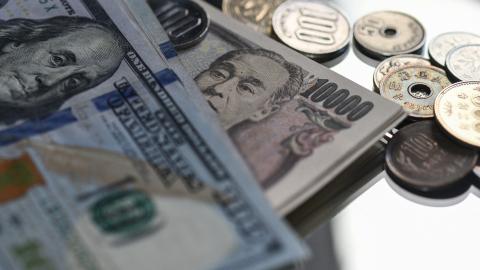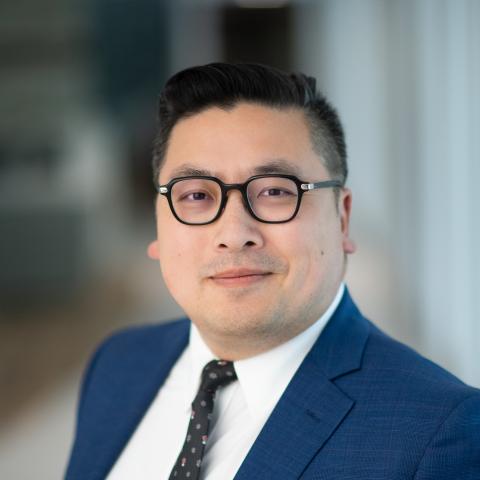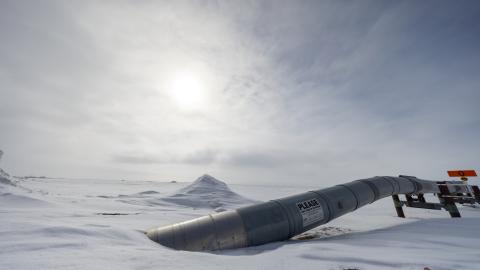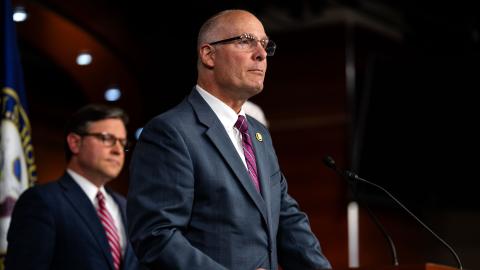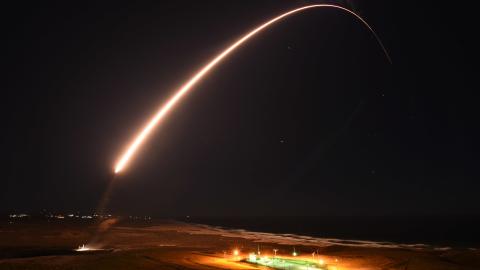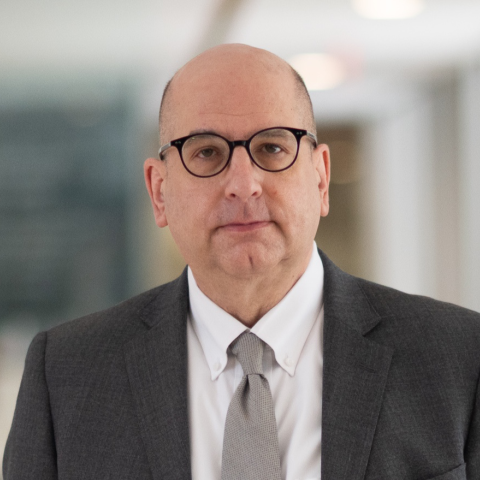It’s no accident that Japanese Prime Minister Fumio Kishida selected Hiroshima as the site for the 2023 G7 meeting. Shortly after announcing his choice, he pointed out that, “[a]s prime minister of Japan, the only country to have suffered atomic bombings, there is no better place than Hiroshima to show our commitment to peace.”
Although many issues will be discussed at the G7 meeting, including climate change, the lessons learned from the Covid-19 pandemic and issues of economic security, Kishida sees the meeting’s location as an opportunity to reflect on the legacy of Hiroshima and reaffirm Japan’s commitment to nuclear disarmament.
Since World War II, Hiroshima has served as a powerful symbol of the catastrophic consequences of nuclear weapons. On August 6, 1945, hoping to convince Japan to surrender to the Allies, the US dropped an atomic bomb on Hiroshima. Although it is difficult to assess how many Japanese died from the bombing, low estimates run into the tens of thousands. Not surprisingly, 78 years later, many Japanese are still haunted by the horrors of nuclear war.
Though born in Tokyo, Kishida understands this history – and the present-day threat – very well; he hails from a political family in Hiroshima and represents the city’s first district in the National Diet (Japanese legislature). And while Kishida was not alive in 1945, a relative of his died of injuries caused by the bombing. Kishida has also talked of his grandmother recounting stories of the destruction from the bombing and has said those stories have been a driving factor in his political career.
The threat of nuclear weapons is one Kishida has both written and spoken about before. Back in 2014, while he was still Japan’s Minister of Foreign Affairs, he published an article in Foreign Affairs magazine detailing specific actions that might be taken to encourage the reduction of nuclear arms and nuclear proliferation across the globe. His recommendations included strengthening multilateral channels for negotiating nuclear arms reductions and encouraging nations to be transparent about the number of weapons they now possess.
Many of the points Kishida made in this article are also part of the Hiroshima Action Plan that he proposed in a speech he made last year at a conference for parties to the Non-Proliferation of Nuclear Weapons Treaty (NPT). The Hiroshima Action plan also obligates Japan to “promote the accurate understanding on the realities of nuclear weapons use through encouraging visits to Hiroshima and Nagasaki by international leaders and others.”
Yet despite his efforts toward nuclear disarmament, the G7 meeting is occurring while much of the world is not at peace.
Russia’s nuclear saber-rattling in Ukraine and its March announcement that it is placing nuclear weapons in Belarus, a nation that borders not only Ukraine, but also the NATO countries of Latvia, Lithuania and Poland, has reminded the world that nuclear war remains a contemporary threat.
According to the US government, the Russians have been modernizing their nuclear arsenal and have been sending new types of weapons, including hypersonic missiles that can evade existing missile defenses, toward Ukraine. This has raised concerns among world leaders about a new nuclear arms race and the potential for a catastrophic conflict.
The Russian war against Ukraine will be front and center at the summit, with Ukrainian President Volodymyr Zelensky possibly making a virtual or in-person appearance. It is expected that the Hiroshima meeting will provide an opportunity for the G7 leaders to work together to both tighten and increase economic sanctions on Russia.
This is particularly important as Ukraine prepares for an expected new offensive. The hope is that expanded sanctions will not only prevent the Russian army from obtaining the provisions it needs to counter the offensive, but will also succeed in undermining support for the war among the Russian public.
The Japanese Cabinet Secretary for Public Affairs Noriyuki Shikata has explained that one of the goals of the summit will be for the G7 nations “to uphold the international order based upon the rule of law, and to firmly reject any unilateral attempts to change the status quo by force, or the threat to use nuclear weapons.” This clearly alludes to Russia’s actions in Ukraine, but might also apply to future hostilities in the Taiwan straits involving a nuclear-armed China.
It’s likely that other nuclear-related issues will be discussed at the G7 meeting, including the specific threats posed by nearby North Korea’s nuclear program and its ongoing missile tests. Although North Korea has not conducted a nuclear test in more than five years, they continue to conduct missile tests.
The proliferation of nuclear weapons to North Korea, not to mention the ongoing nuclear program in Iran, alongside the ongoing concern that Russia might use nuclear weapons in Ukraine serve as a reminder of the urgent need for global cooperation to mitigate the risk of nuclear war.
Unfortunately, it also shows that, if anything, the world appears to be moving in a direction that increases the threat posed by these weapons. Perhaps the best we can hope for, as the G7 leaders walk by the ruins of the Hiroshima Peace Memorial, is the beginning of a conversation about how we can reverse course before it’s too late.
